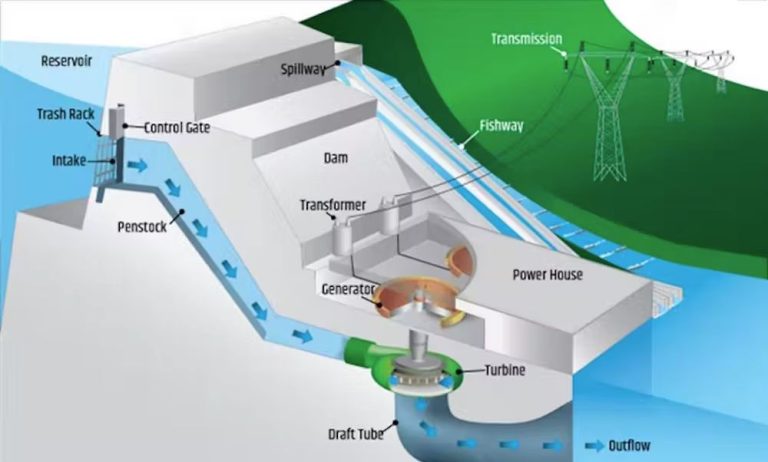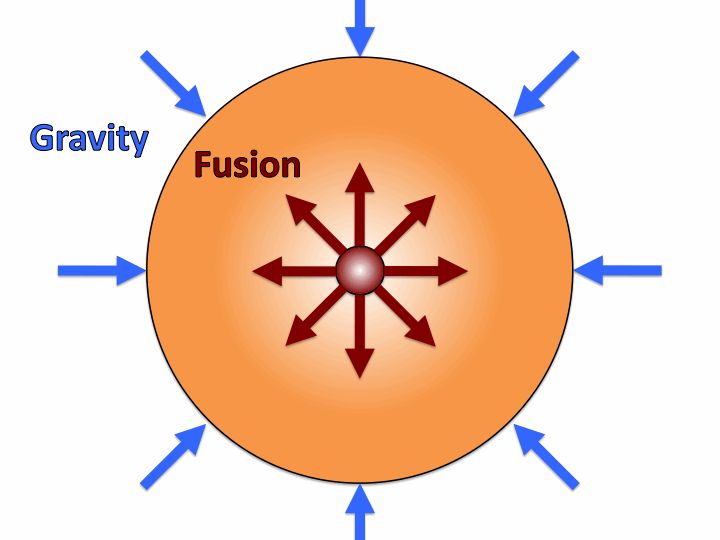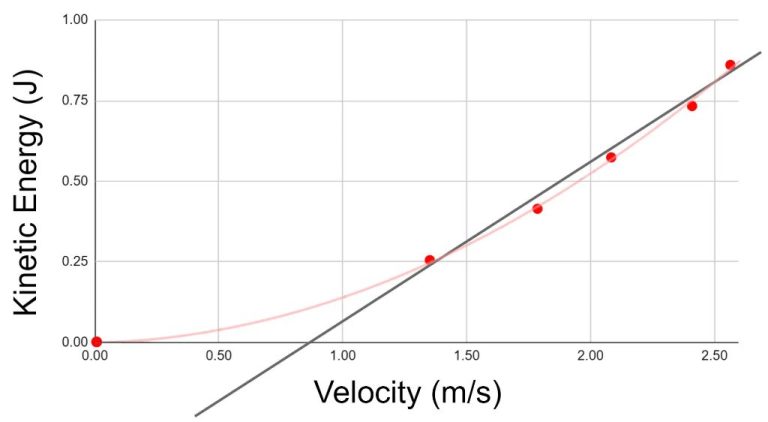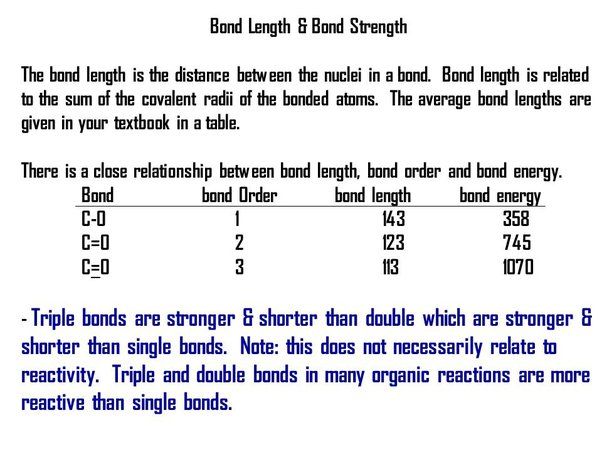Which Is A Possible Negative Result Of Using Renewable Resources?
Depletion of Resources
Many renewable resources like forests, soils, and fish stocks rely on natural cycles of replenishment. But excessive harvesting or use can disrupt those cycles, leading to depletion or even extinction. For example, overfishing and poor fisheries management have caused some regional fish populations to decline rapidly. Deforestation also threatens many forest habitats and species. Even renewable freshwater supplies are being depleted in certain areas faster than rainfall and aquifers can replenish them. While renewable resources can regrow and replenish if used responsibly and sustainably, overuse can overwhelm and disrupt natural cycles. Depletion reduces future supply and poses conservation challenges.
Habitat Loss
Large renewable energy projects like dams and wind farms can destroy habitats. When dams are built for hydroelectric power, they often flood large areas, destroying forests and other ecosystems. The reservoirs created by dams also fragment rivers, harming fish populations that migrate along waterways. Wind farms require placing many large turbines across the landscape. The facilities and access roads physically remove natural habitat. Wind turbine blades can also kill birds and bats that fly into them.
While renewable energy is intended to help the environment, projects need proper planning to minimize habitat destruction. Environmental impact assessments should identify the most ecologically friendly locations that avoid sensitive habitats. Reducing the overall footprint of facilities can prevent habitat fragmentation. Careful turbine placement and operations can reduce wildlife mortality. With proper safeguards, renewable energy infrastructure can coexist with natural habitats.
Water Use Conflicts
One potential negative result of using renewable resources like hydropower is that it can lead to conflicts over water access and use. Hydropower dams rely on the flow of rivers to generate electricity, which can reduce water availability for communities, agriculture, and ecosystems downstream.
When a hydropower dam is built, it often drastically alters the natural flow of a river. The dam holds back water in a reservoir, diverting its flow through turbines to generate electricity. This can leave much less water in the river downstream from the dam. Dams also trap nutrients and sediments that would normally flow downstream, affecting water quality.
Reduced water flow downstream can severely impact local communities that depend on the river for drinking water, irrigation, fishing, transportation, and more. It disrupts the natural flood cycles that replenish wetlands and soils. Fish migration and populations may be harmed. The environmental effects can harm local economies and food security.
There are many examples globally where large hydropower dams have created conflicts over water access. The Three Gorges Dam in China reduced downstream water levels, harming local fisheries. Brazil’s Balbina Dam flooded rainforest habitat and caused water quality issues. Dams along the Mekong River have created tensions between countries over shared water resources.
Hydropower dams must be carefully managed to balance electricity generation with downstream water needs. Their environmental and social impacts should be assessed before construction. Alternatives like small run-of-river dams may provide hydropower more sustainably.
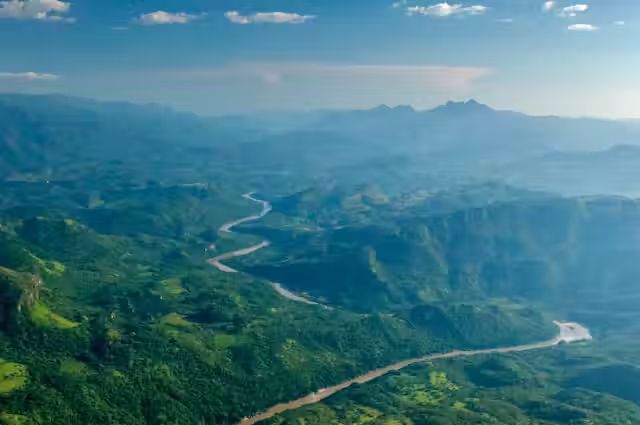
Land Use Conflicts
One potential negative result of renewable energy is conflicts over land use. As demand grows for biofuels, solar, wind and other renewable resources, they start competing for land with agriculture, conservation, and other needs.
For example, the expansion of corn and soy crops for biofuels has led to deforestation in some regions as forests are cleared for farmland. Biofuel production requires significant amounts of arable land, which could otherwise be used to grow food crops. This raises concerns about food security, especially in developing nations.
Large solar and wind farms also take up considerable land space. While solar panels can be installed on rooftops, utility-scale solar power plants need many acres of land. Wind turbines similarly require large open areas. This can encroach on natural habitats and farmland.
Siting renewable energy projects requires balancing energy needs with other land use priorities like agriculture, ecosystems, and conservation. As renewable energy grows, managing these land use conflicts responsibly will become increasingly important. Proper planning and zoning policies can help minimize clashes over limited land resources.
High Upfront Costs
One potential negative result of using renewable energy sources is their high upfront costs. Technologies like solar panels, wind turbines, and geothermal plants require major investments to manufacture, purchase and install. For example, constructing a utility-scale solar farm can cost hundreds of millions of dollars. Even for residential homeowners, installing rooftop solar panels averages around $15,000-25,000 upfront after incentives and rebates. That is a significant amount compared to simply using existing electric grid infrastructure.
These high capital costs present a barrier to widespread adoption of renewables. Utilities, businesses, and homeowners have to take on more financial risk and debt obligations to switch to renewable energy. The payback period can take many years before the fuel savings start to offset the initial investment. This is especially true compared to conventional energy sources like natural gas, coal and nuclear which have established infrastructure already in place.
Research shows that as production scales increase and technology improves over time, costs are coming down. But the initial investment required remains higher than incumbent power sources. Policy incentives like tax credits, rebates, and renewable energy mandates help, but do not eliminate this economic challenge entirely. So while beneficial environmentally, the high upfront price tag of renewable energy is a potential drawback.
Intermittency
One potential negative result of utilizing renewable resources like solar and wind is that they can be intermittent. Solar power relies on sunny days and wind power relies on windy conditions. Both are dependent on favorable weather and the time of day.
For example, solar panels do not generate any electricity at night. And on cloudy days, their output can be significantly reduced. With wind power, electricity generation drops when the wind is not blowing. This intermittency can make solar and wind power inconsistent sources of electricity.
Intermittency causes challenges in matching electricity supply with demand on the grid. Additional infrastructure like energy storage and backup power sources may be needed to compensate when the sun isn’t shining or wind isn’t blowing. There are also costs associated with intermittency that may make solar and wind less economically viable.
Transmission Loss
One potential negative result of using renewable energy sources like wind and solar is transmission loss. Unlike fossil fuel power plants which can be built close to population centers, renewable sources are often located far from where the energy will be used. Wind farms may be built in remote, windy areas and solar plants in the desert. This means the electricity they generate must travel long distances through transmission lines to reach customers.
Unfortunately, some electricity is lost during long-distance transmission. The longer the transmission distance, the greater the loss. This is due to resistance in the wires as well as inefficient transformers. For example, about 6% of electricity is lost per 1,000 km traveled. So if a wind farm is located 1,500 km from a city, nearly 10% of the electricity generated will be lost in transit. This reduces the net energy delivered from renewable sources.
Transmission loss is an engineering challenge that must be addressed to maximize utilization of remote renewables. Solutions include developing more efficient transmission lines, positioning renewable projects closer to population centers when feasible, and distributed renewable systems like rooftop solar that feed into local grids.
Resource Intensity
Some renewable energy sources can be quite resource intensive to produce and maintain. For example, nuclear power and biofuels require large amounts of land, water, and energy to generate electricity or fuel compared to fossil fuels. Constructing nuclear plants is extremely resource-intensive due to the amount of concrete and steel required. The uranium fuel also needs to be mined, processed, and transported. Biofuels, like corn ethanol, are critiqued for utilizing arable land and water that could otherwise be used to grow food crops. The large water usage competes with agricultural needs, especially in drought-stricken regions.
Additionally, the materials needed to build wind turbines, solar panels, and batteries need to be mined and processed. The rare earth metals and lithium required face mining and processing challenges. Though renewable energy sources themselves are regenerative, the infrastructure, equipment, and land resources required to harness them can be intensive.
Waste Disposal
While renewable energy is often touted for its environmental benefits, some types of renewable energy infrastructure can create their own waste issues. This is particularly true for solar panels and batteries.
Solar panels contain electronics, wiring, and other components that eventually wear out or become outdated. At the end of a panel’s roughly 30-year lifetime, disposing of it properly is important to avoid contaminating landfills with toxic materials. Recycling options for solar panels are still limited, though some companies are working on better solutions.
Large battery storage systems are an essential part of renewable energy grids. However, batteries, particularly lithium-ion batteries, contain hazardous materials and heavy metals. Improperly disposed batteries can leach chemicals into the environment. Responsible recycling is crucial but not yet widely available.
As renewable energy use expands worldwide, addressing electronic waste and end-of-life recycling will become increasingly pressing environmental issues. More sustainable product designs, standardized regulations, and accessible recycling infrastructure are needed to manage disposal as the industry scales up.
Conclusion
While renewable resources have tremendous potential to provide clean energy and reduce greenhouse gas emissions, they are not without some downsides. Most renewables remain more expensive than fossil fuels, at least initially. They also face challenges with intermittency, transmission losses, and land and water use conflicts. However, these challenges can be managed through sound policies, technological improvements, and proper siting of projects. With climate change accelerating, renewable energy will be essential to transitioning away from a fossil fuel-based economy. The environmental and health benefits of renewables far outweigh their limitations. With the right strategies, renewables can continue displacing more carbon-intensive energy sources while minimizing any negative impacts.

